high voltage test
High voltage testing in electrical testing is a process used to verify the insulation strength and the overall integrity of electrical components, systems, or equipment. The goal is to ensure that these systems can safely operate under normal operating conditions, including any potential voltage surges or spikes. High voltage testing helps detect weaknesses or defects in the insulation materials or construction of electrical equipment, reducing the risk of failures during operation.
-
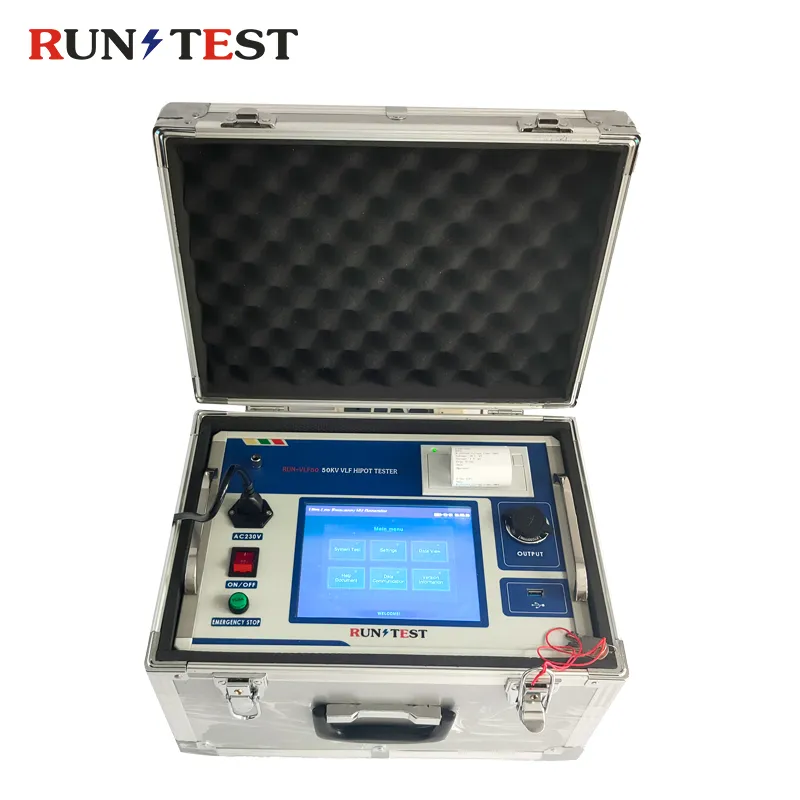
80Kv Very Low Frequency High Voltage Generator AC Hipot Generator
-
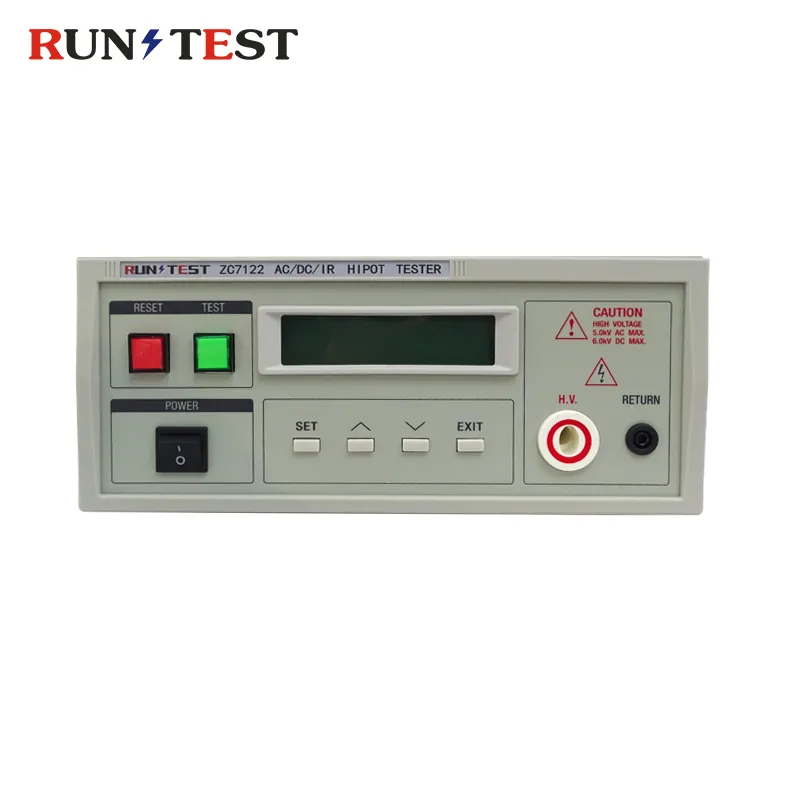
5KV AC 6KV DC Hipot Tester Insulation Resistance Tester
-

Générateur de haute tension électrique DC Testeur de Hipot DC
-
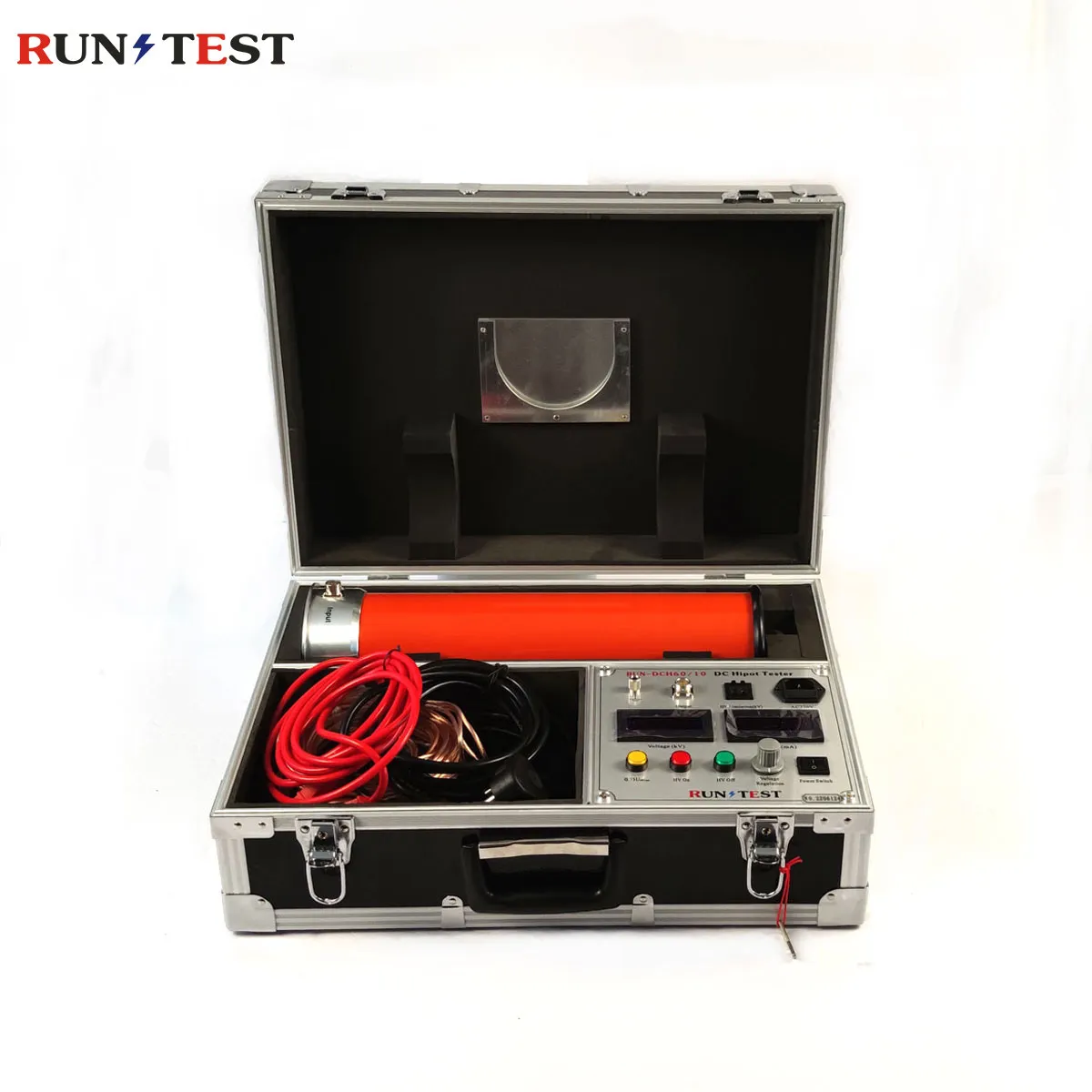
Portable All in One Type DC High Voltage Generator for Surge Arrester
-
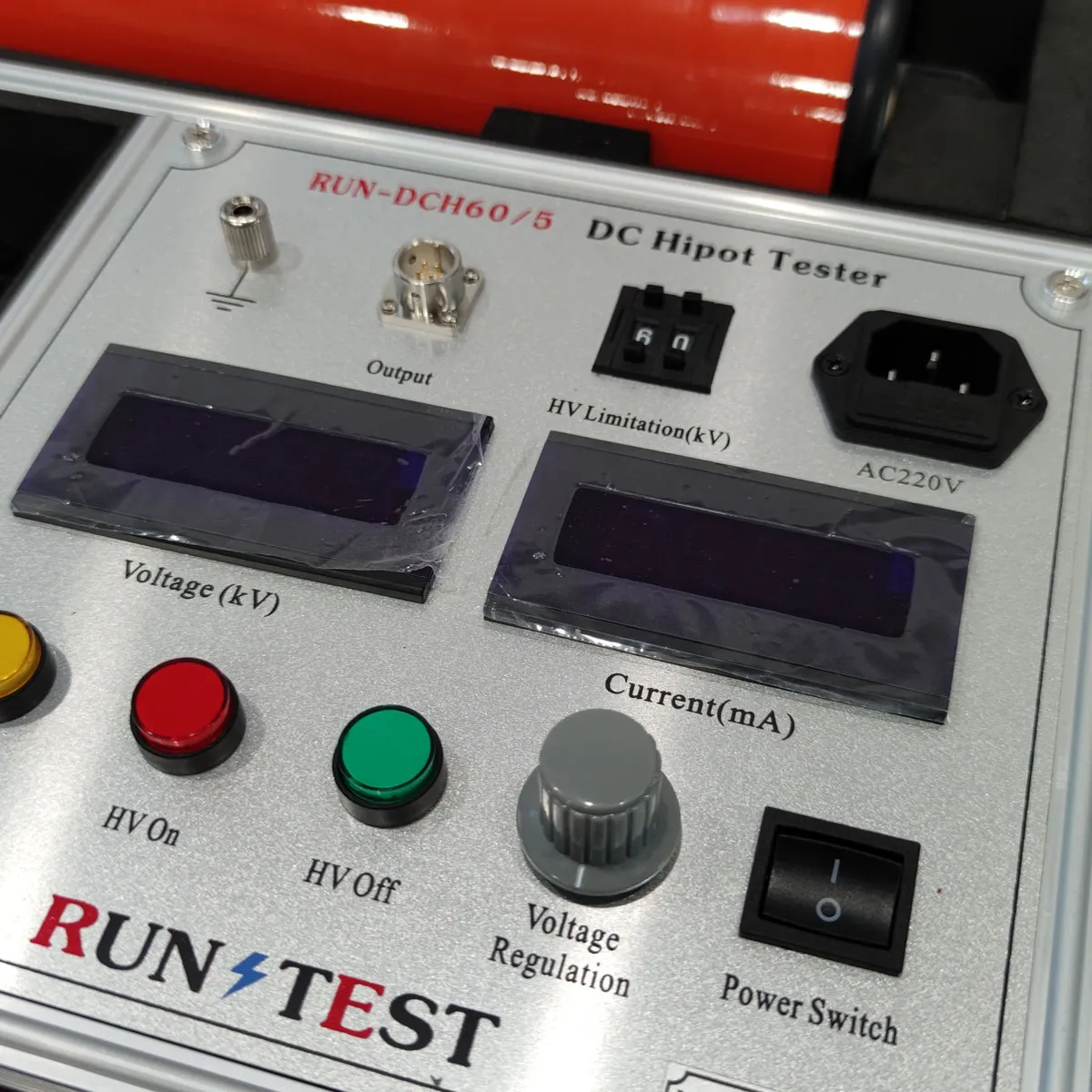
60kv 5mA DC High Voltage Generator Hipot Tester
-
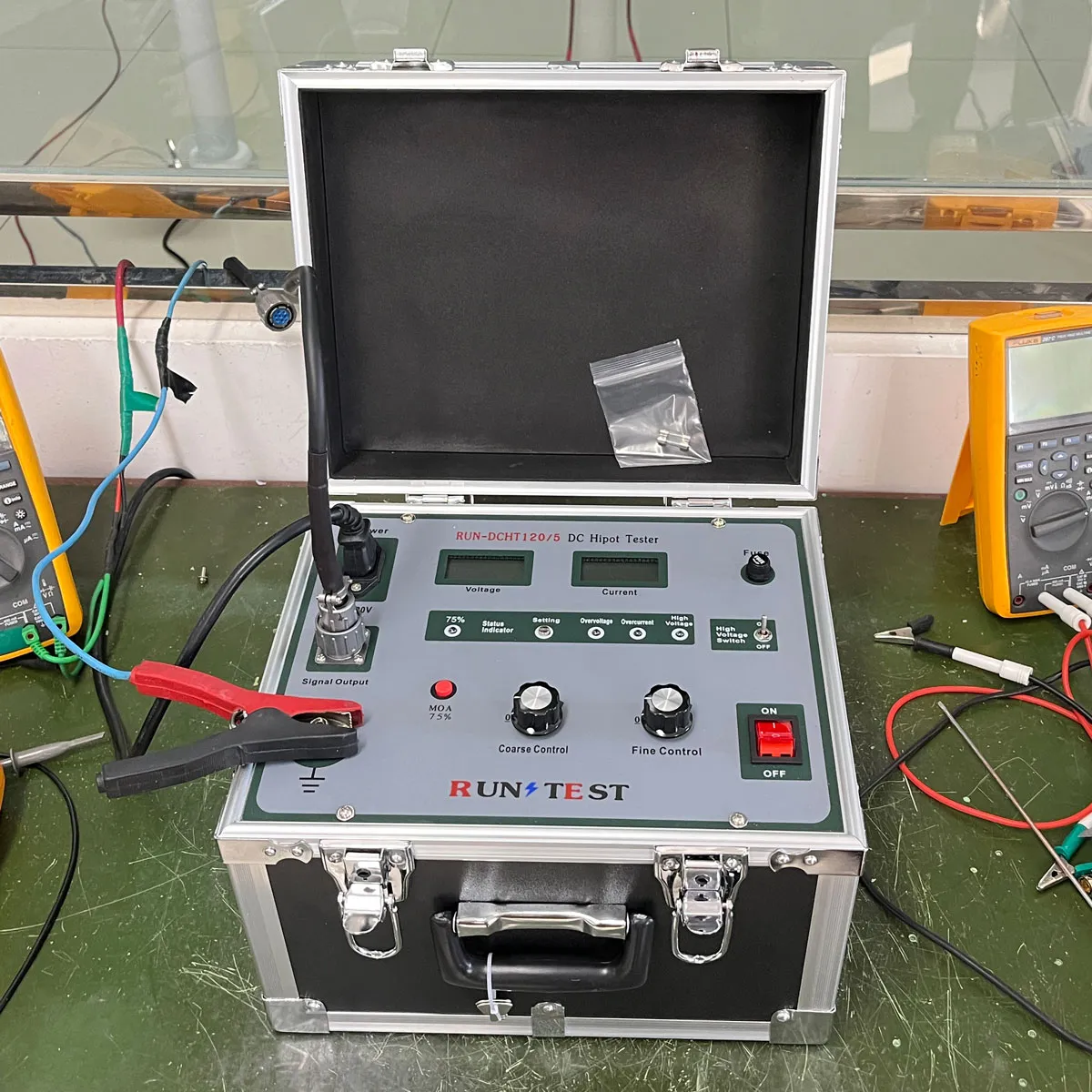
Testeur de câbles 120kv 5ma DC Hipot
-
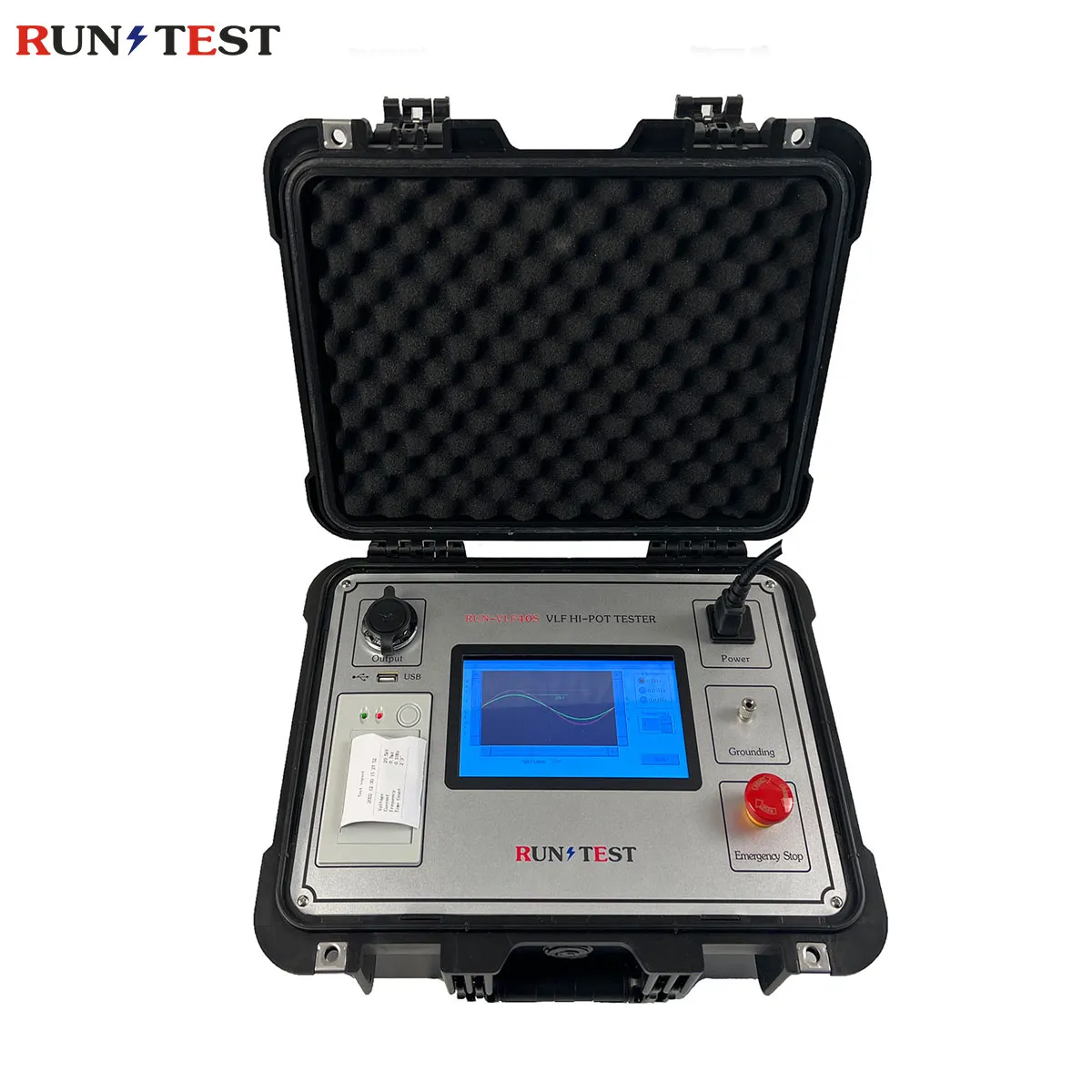
40kv Vlf Hipot Tester
-
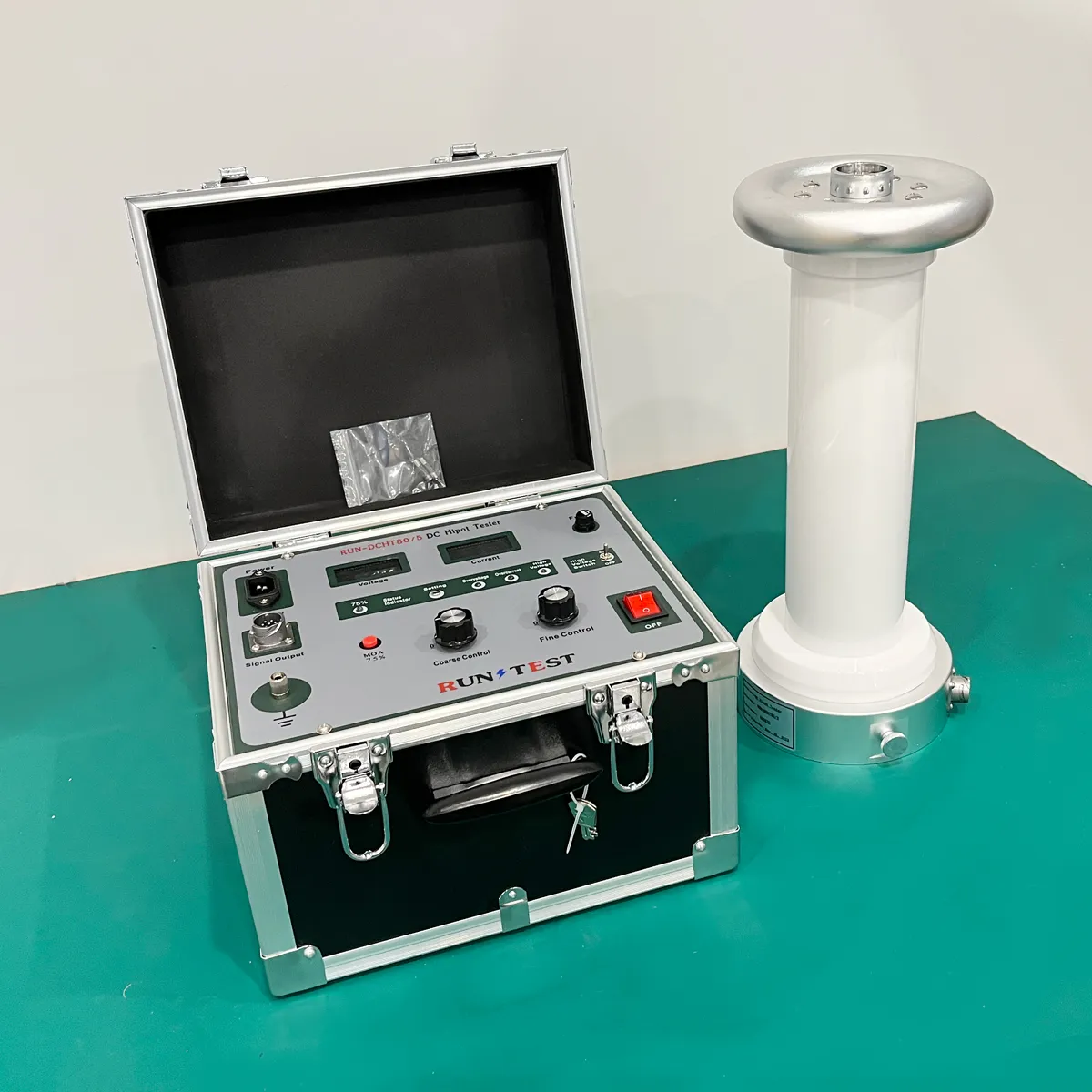
80kv 5mA DC Hipot Tester
-
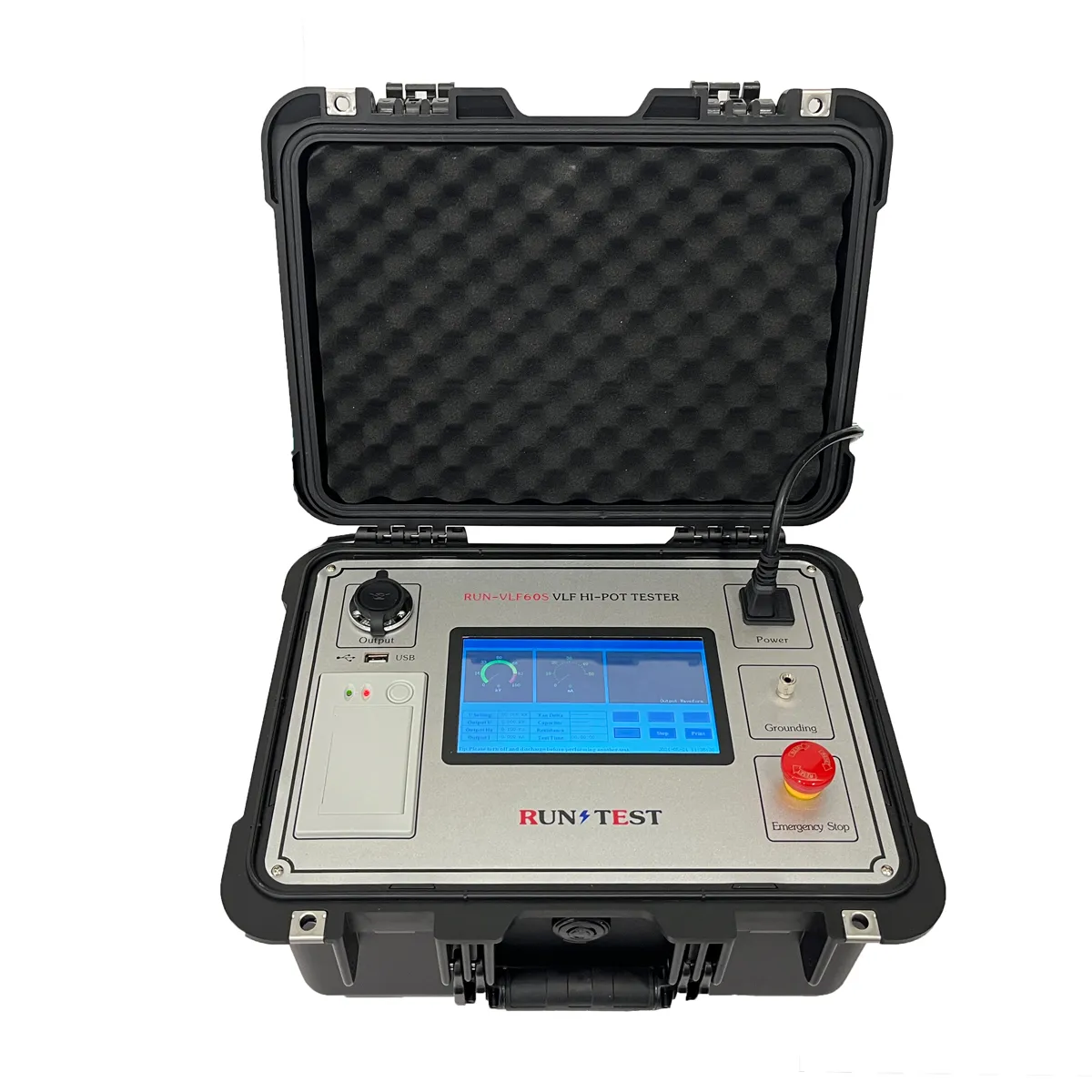
60KV VLF Cable Testing Hipot Tester
Types of High Voltage Tests:
- Hipot Test (High Potential Test): In this test, a high voltage is applied between the conductors and the insulation of the equipment. If the insulation fails, it will allow current to flow, indicating a fault in the equipment.
- Lightning Impulse Test: This test simulates the effect of lightning strikes and high-voltage surges on electrical equipment to verify if the equipment can handle these transient overvoltages.
Applications of High Voltage Testing:
- Power transformers: Ensures insulation integrity.
- Switchgear: Verifies the performance under high-voltage conditions.
- Cables: Checks the insulation strength of cables, especially for long-distance transmission lines.
- Motors and generators: Verifies the condition of the insulation system.
Safety Considerations:
High voltage testing can be dangerous, so safety protocols are critical:
- Proper grounding of the equipment and testing system.
- Using personal protective equipment (PPE), such as insulating gloves and safety shoes.
- Test areas should be marked as hazardous zones.
- Remote operation of the testing equipment to minimize the risk of electric shock.
High voltage testing is a key step in ensuring that electrical systems are safe, reliable, and capable of operating without failure under high-voltage conditions.
